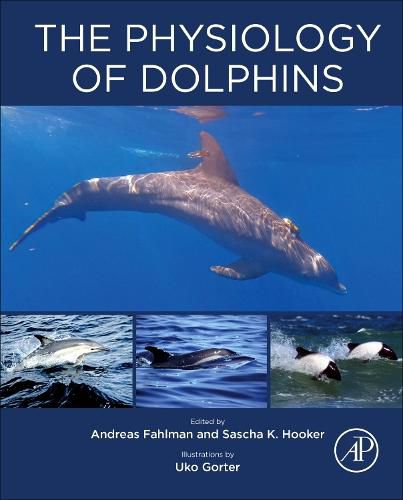Readings Newsletter
Become a Readings Member to make your shopping experience even easier.
Sign in or sign up for free!
You’re not far away from qualifying for FREE standard shipping within Australia
You’ve qualified for FREE standard shipping within Australia
The cart is loading…






The Physiology of Dolphins is a robust, up-to-date reference. It provides a collection of review chapters from leaders in the field of dolphin ecophysiology, making it essential for instructors, researchers, and graduate students interested in the physiological and anatomical adaptations that make life possible for these charismatic marine mammals. Showcasing recent technological developments, it covers the complete physiology of these marine mammals and includes information on the current threats for dolphins and whales from environmental pressures such as climate change, overfishing, pollution, and our increasing human presence in the ocean. This is an excellent reference providing easy-to-follow details of the latest available research methods and some of the newer technologies that are expanding the field of marine mammal physiology.
$9.00 standard shipping within Australia
FREE standard shipping within Australia for orders over $100.00
Express & International shipping calculated at checkout
The Physiology of Dolphins is a robust, up-to-date reference. It provides a collection of review chapters from leaders in the field of dolphin ecophysiology, making it essential for instructors, researchers, and graduate students interested in the physiological and anatomical adaptations that make life possible for these charismatic marine mammals. Showcasing recent technological developments, it covers the complete physiology of these marine mammals and includes information on the current threats for dolphins and whales from environmental pressures such as climate change, overfishing, pollution, and our increasing human presence in the ocean. This is an excellent reference providing easy-to-follow details of the latest available research methods and some of the newer technologies that are expanding the field of marine mammal physiology.